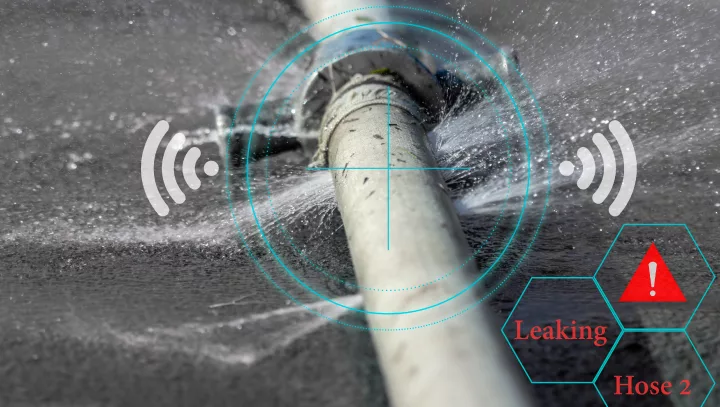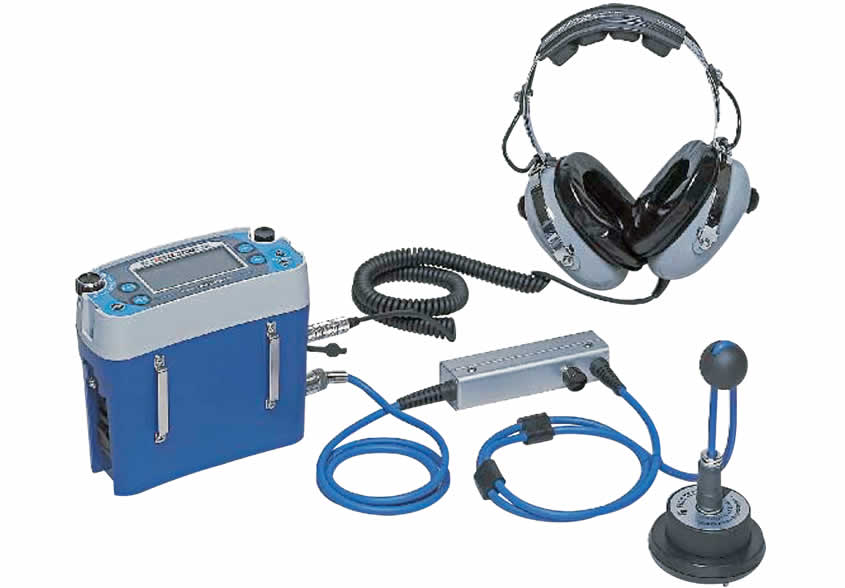Advanced Water Leak Detection Solutions for Your Home and Organization
Advanced Water Leak Detection Solutions for Your Home and Organization
Blog Article
Cutting-edge Solutions for Early Detection of Water Leakages in Buildings and Framework
From sophisticated leak detection modern technologies to the release of IoT sensing units for real-time tracking, the landscape of leakage avoidance is advancing swiftly. Automated water flow analysis systems are improving just how leakages are recognized and resolved, leading the means for an aggressive approach to water leakage discovery.
Advanced Leakage Discovery Technologies
Advanced leakage detection technologies, geared up with advanced sensors and algorithms, play an essential role in swiftly identifying and determining water leakages in numerous setups. These modern technologies use a combination of acoustic, thermal, and electromagnetic sensing approaches to detect leaks precisely. Acoustic sensors find the noise of leaving water, allowing for specific localization of the leak source. Thermal imaging spots temperature level adjustments triggered by water leakage, giving one more effective method for leakage identification. Electromagnetic sensing units can identify adjustments in electro-magnetic fields triggered by water, using yet another layer of leakage detection capability.

IoT Sensors for Real-Time Monitoring
In the realm of contemporary water leakage discovery, the integration of IoT sensors for real-time tracking stands for a pivotal improvement in boosting aggressive leakage detection capabilities. These sensors provide constant tracking of water supply, supplying real-time information on water flow rates, stress variations, and temperature modifications. By leveraging IoT modern technology, these sensing units can spot also the tiniest anomalies in water usage patterns, making it possible for early identification of prospective leaks before they escalate into significant concerns.
IoT sensing units send information to a centralized platform, where advanced algorithms examine the details and create informs or alerts when abnormalities are found. This real-time tracking ability allows homeowner or facility supervisors to without delay resolve leakages, reducing water damage, reducing repair work costs, and conserving water sources.
In addition, IoT sensing units can be integrated with structure monitoring systems, enabling automatic responses to identified leakages, such as shutting off water shutoffs or triggering pumps to mitigate the influence of leaks. On the whole, the implementation of IoT sensing units for real-time tracking significantly boosts the effectiveness and effectiveness of water leakage detection in buildings and infrastructure.
Maker Knowing Algorithms for Leakage Prediction

One trick advantage of using equipment understanding for leakage prediction is its capacity to continually learn and improve its accuracy in time. As more information is gathered and fed into the formula, you can try this out it can fine-tune its forecasts and adapt to changing problems, ultimately increasing the integrity of leak detection systems.
Moreover, equipment knowing formulas can help in recognizing refined indications of leakages that may go unnoticed by conventional surveillance approaches. water leak detection. By analyzing intricate data embed in real-time, these formulas can give very early cautions and notifies, enabling timely treatment and preventive upkeep to minimize prospective water damage and linked costs
Using Thermal Imaging for Leakage Detection
Thermal imaging innovation uses an encouraging approach for spotting water leakages in various systems and additional reading frameworks. By making use of infrared radiation and temperature level differences, thermal imaging cameras can identify hidden leaks that are not conveniently noticeable to the naked eye.
One of the key advantages of thermal imaging for leak discovery is its non-intrusive nature. Unlike traditional approaches that might call for burglarizing wall surfaces or floorings to find leaks, thermal imaging enables non-destructive testing. This not only saves time and minimizes expenses but likewise lessens interruption to the building or infrastructure being assessed. In addition, thermal imaging can rapidly scan big areas, offering a comprehensive overview of possible leak sources in a timely way. Overall, making use of thermal imaging modern technology improves the efficiency and precision of water leakage detection, making it a valuable tool for preserving the stability of buildings and frameworks.
Automated Water Flow Evaluation Systems
Just how can automatic water circulation analysis systems reinvent the detection and administration of leaks in different systems and infrastructures? Automated water circulation evaluation systems offer an aggressive method to leakage detection by constantly keeping track of water circulation rates and patterns. By establishing standard data, these systems can quickly determine inconsistencies that may suggest a leakage, enabling timely treatment to avoid comprehensive damages.
These systems utilize sophisticated formulas to analyze real-time data and give immediate informs when abnormalities are identified, permitting quick activity to be taken. Additionally, automated water flow evaluation systems can be incorporated with structure management systems or IoT platforms, improving total efficiency and enabling remote tracking capacities.
Furthermore, the information accumulated by these systems can be used for predictive upkeep objectives, aiding to recognize possible weak factors in the facilities before leaks take place. On the whole, the execution of automatic water flow analysis systems can significantly enhance leak detection and monitoring methods, ultimately causing set you back financial savings, lowered water wastefulness, and increased sustainability in buildings and facilities.

Conclusion
Finally, the combination of sophisticated leakage discovery innovations, IoT sensing units, equipment learning algorithms, thermal imaging, and automated water flow evaluation systems offers innovative solutions for early discovery of water leakages in structures and infrastructure. These innovations allow real-time monitoring, prediction of leaks, and reliable discovery approaches to avoid water damage and waste. Implementing these solutions can assist in preserving the find here integrity and sustainability of water systems in numerous setups.
Report this page